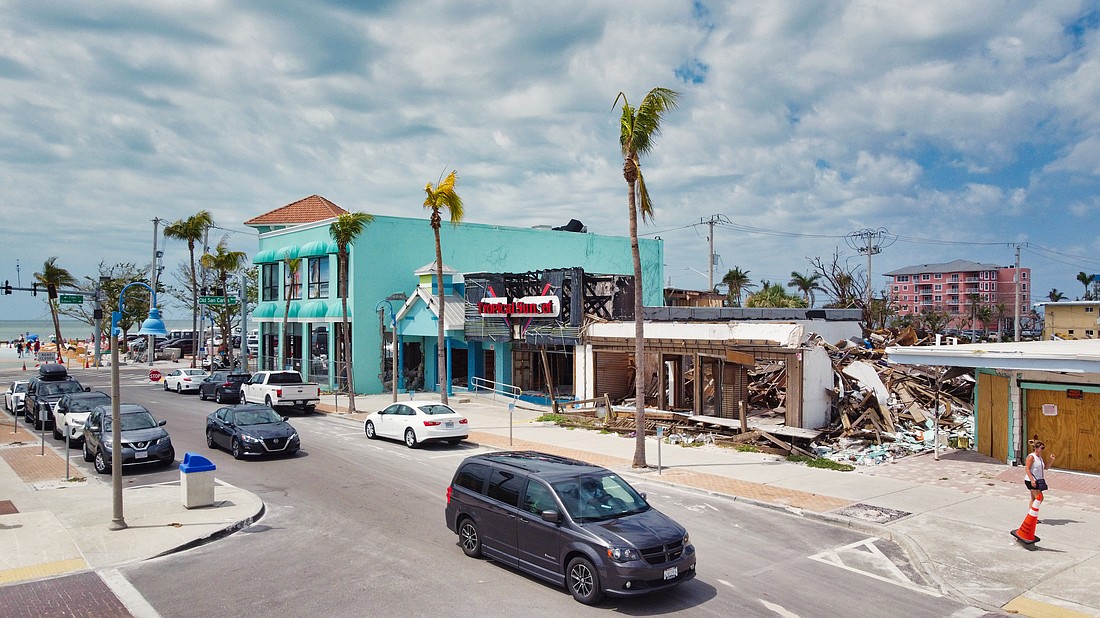- December 13, 2025
-
-
Loading

Loading

As the months have passed since Hurricane Ian blew across Fort Myers Beach in September, it has become increasingly clear that the quaint beach side community in Lee County so many have loved for generations is not going to come back as it once was.
Sad as that may be for those who grew up visiting the beachfront hotels, eating in local restaurants where you could sit on the sidewalk and drink a beer and shop for souvenirs at one of dozens of shops, it is true. That's the reality of Hurricane Ian, which crushed Fort Myers Beach Sept. 28,